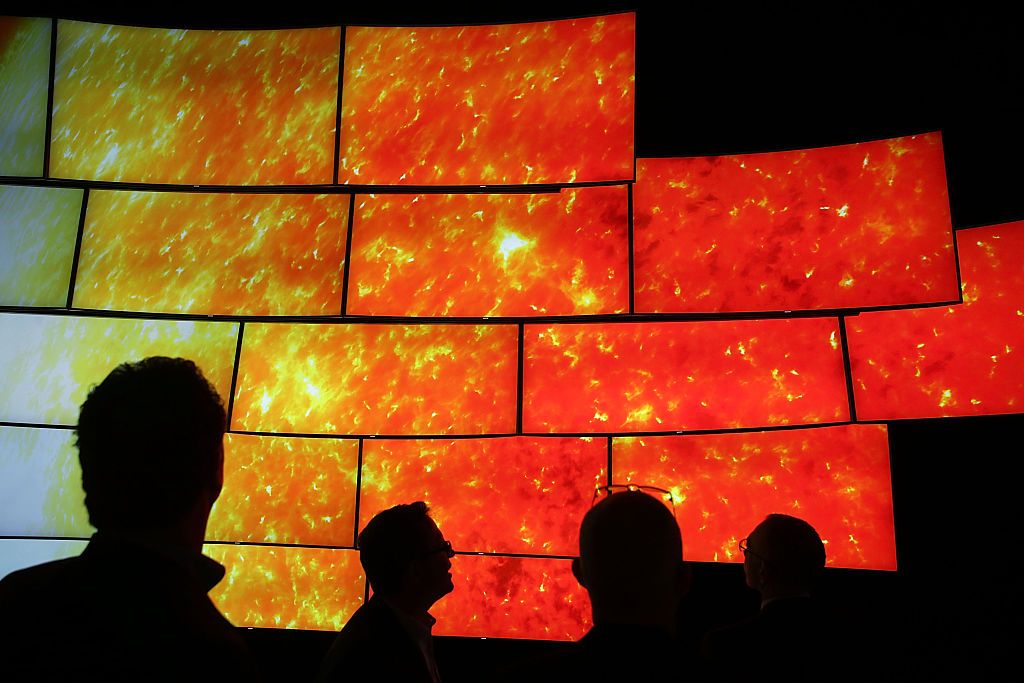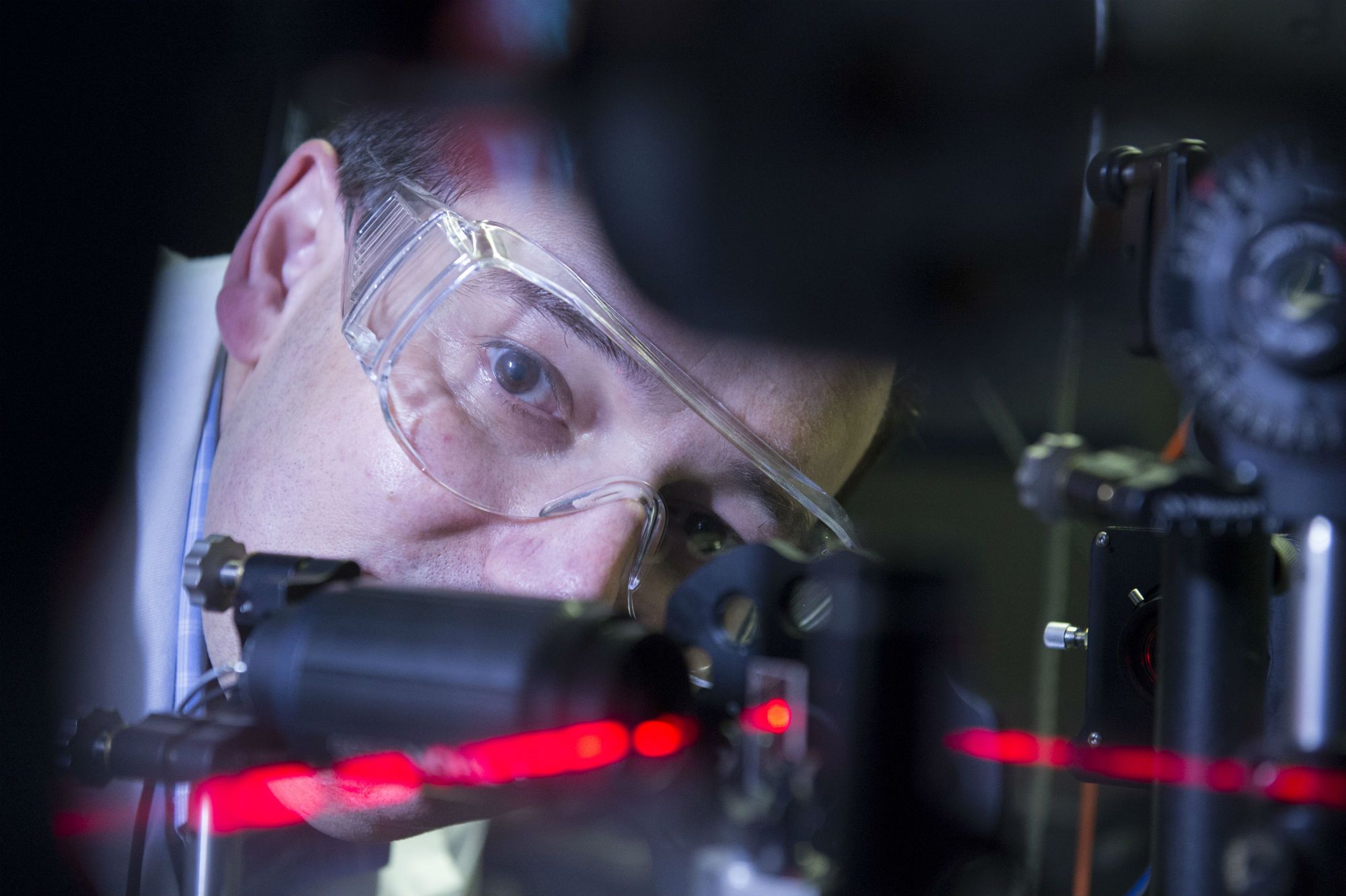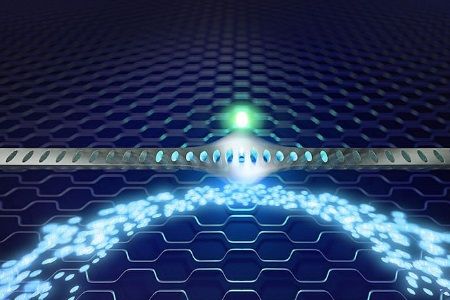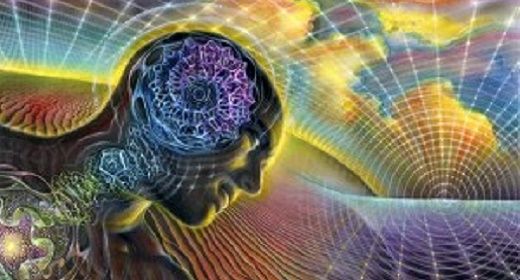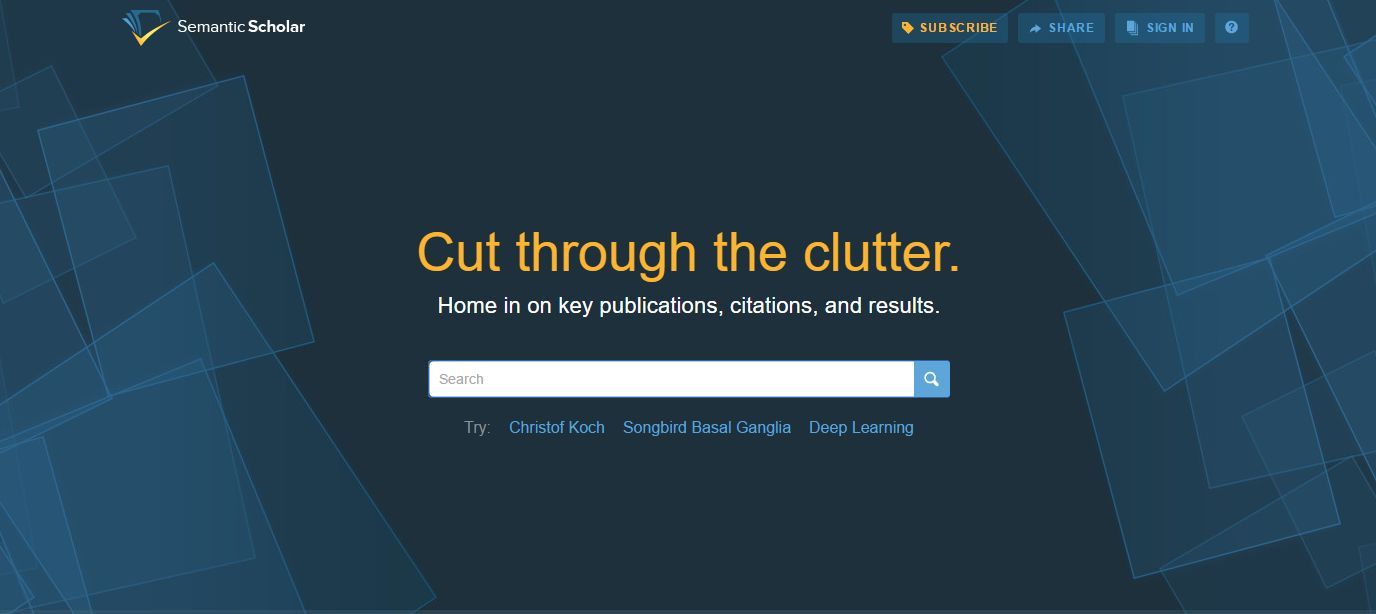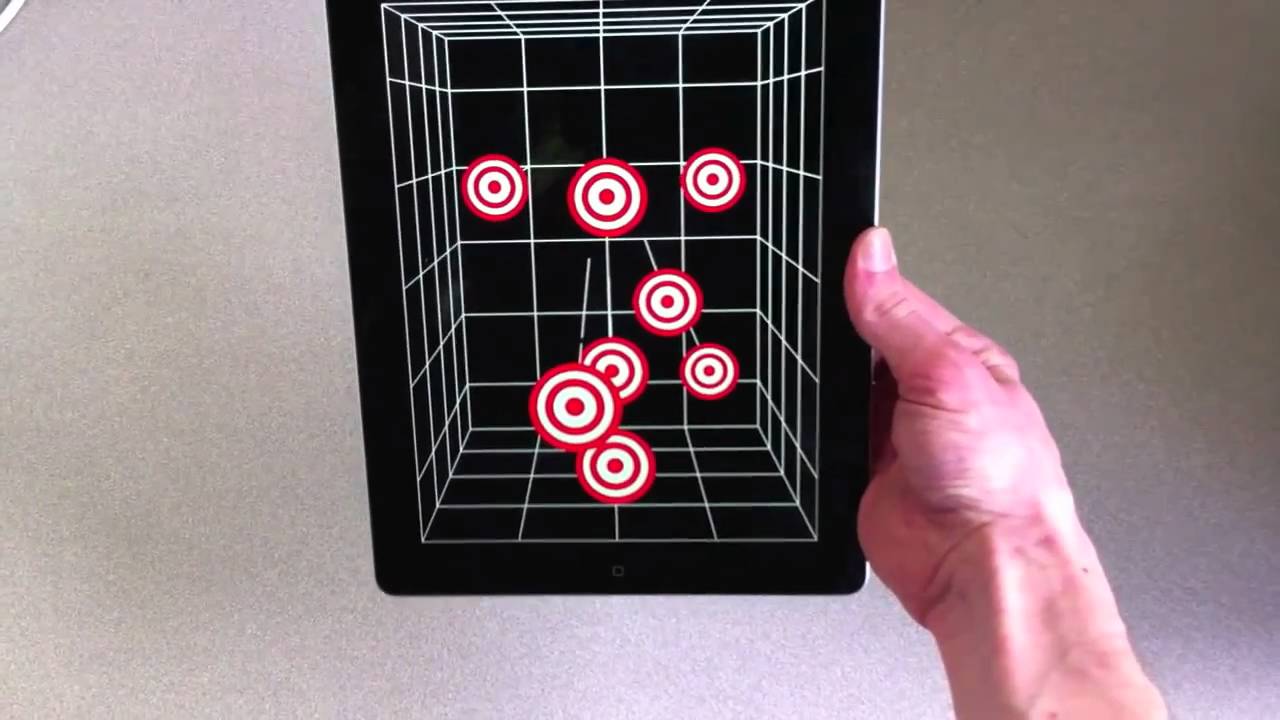As I have stated many times; anyone not adding QC to their 5 yr roadmaps is not planning well.
Scientists are getting closer to a breakthrough in quantum technology — one where the transfer of information via quantum principles makes the process almost instantaneous.
Scientists from the Polytechnique Montreal and France’s Centre National de la Recherche Scientifique (CNRS) have brought the world closer to a time when information can now be transferred instantaneously.
According to Science Daily, a paper published in Physical Review Letters has documented the creation of a qubit in zinc selenide that makes it possible to produce an interface between quantum physics and the transfer of information at the speed of light.
